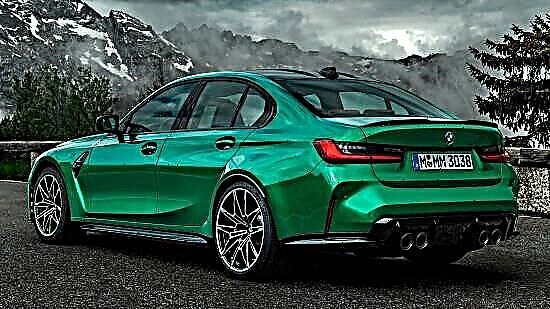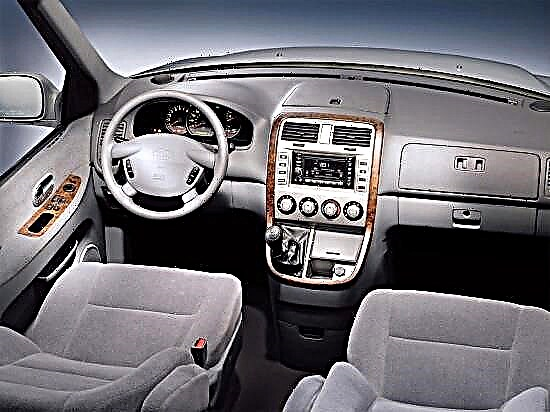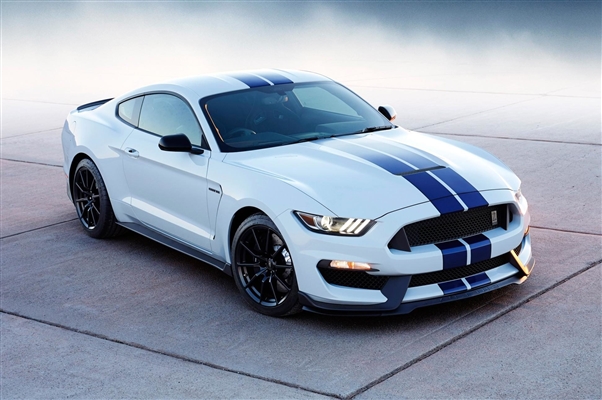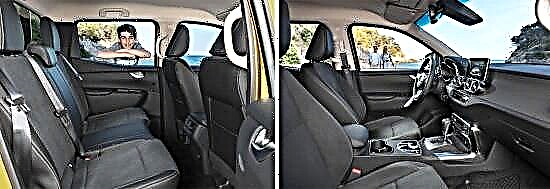The first full-fledged BMW M5, built on the basis of the "five" with the factory index E28, appeared before the world in February 1984 - its presentation took place at the Amsterdam Motor Show. The "charged" sedan differed from the standard model in details in the exterior and interior, as well as in the modified main components and assemblies.

The car was manufactured by hand in Germany until December 1987, and its circulation was only 2,191 copies.

The “first” BMW M5 is a premium sports sedan of the “E” class according to the European classification.

The total length of the vehicle reaches 4620 mm, of which 2624 mm is "occupied" by the wheelbase, and its width and height are 1699 mm and 1400 mm, respectively. In the stowed state, the Bavarian "stallion" weighs 1445 kg, and its gross weight exceeds 1900 kg.
Specifications. The M5 of the first generation was equipped with an atmospheric gasoline "six" M88 / 3 with distributed injection with a working volume of 3.5 liters (3453 cubic centimeters), which develops a peak of 286 horsepower at 6500 rpm and 340 Nm of torque at 4000 rpm. The entire stock of traction was “digested” on the rear wheels with the help of a 6-speed “mechanics”.

With a sprint to the first 100 km / h, the "charged" three-box coped in 6.5 seconds, developing the maximum possible 245 km / h and consuming an average of 11.3 liters of gasoline in combined conditions.
Sedan BMW M5 in the back of E28, respectively, used the chassis from the "civilian five" of the 2nd generation. In the arsenal of the car there was an independent suspension on double levers at the front and a "multi-link" at the rear, hydraulic power steering and a powerful braking system that combines ventilated and disc devices on the front and rear wheels, respectively, with the ABS system.
The main advantage of the first generation BMW M5 is the optimal combination of the dynamics of a sports car and the practicality of an urban sedan, supported by a strong and reliable design, attractive appearance and driving performance.
As for the negative aspects, they are expressed by expensive maintenance, high price tags for original spare parts and a stiff suspension.











